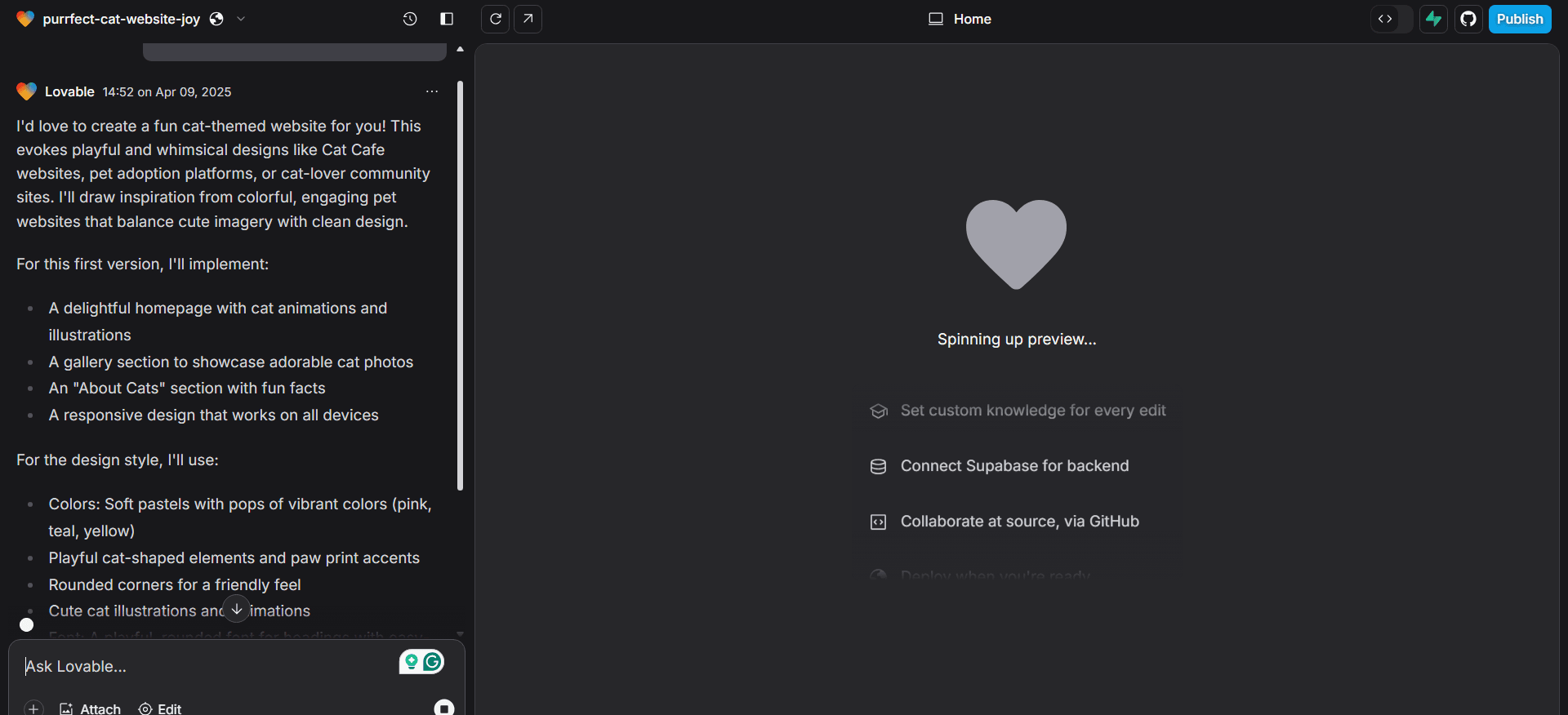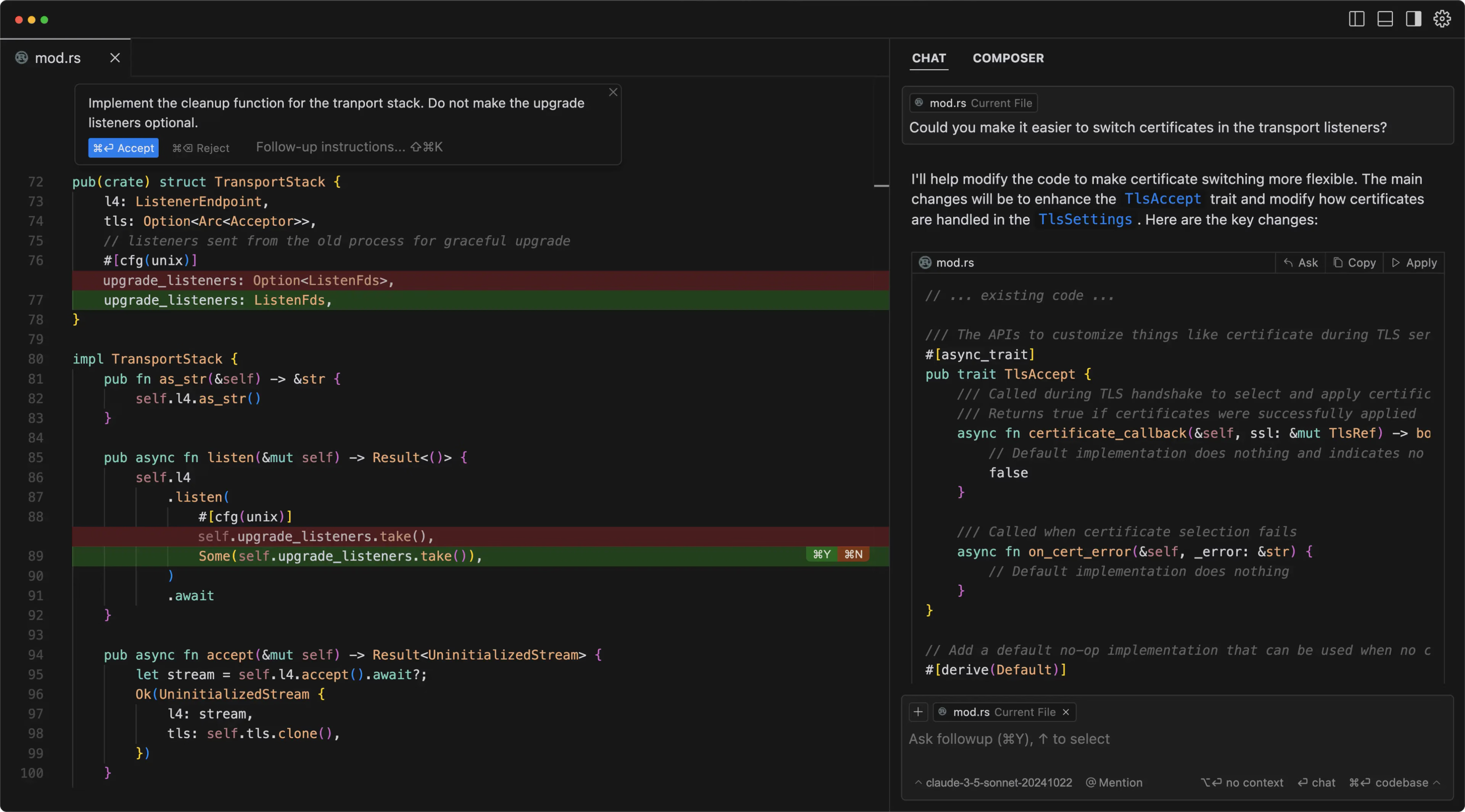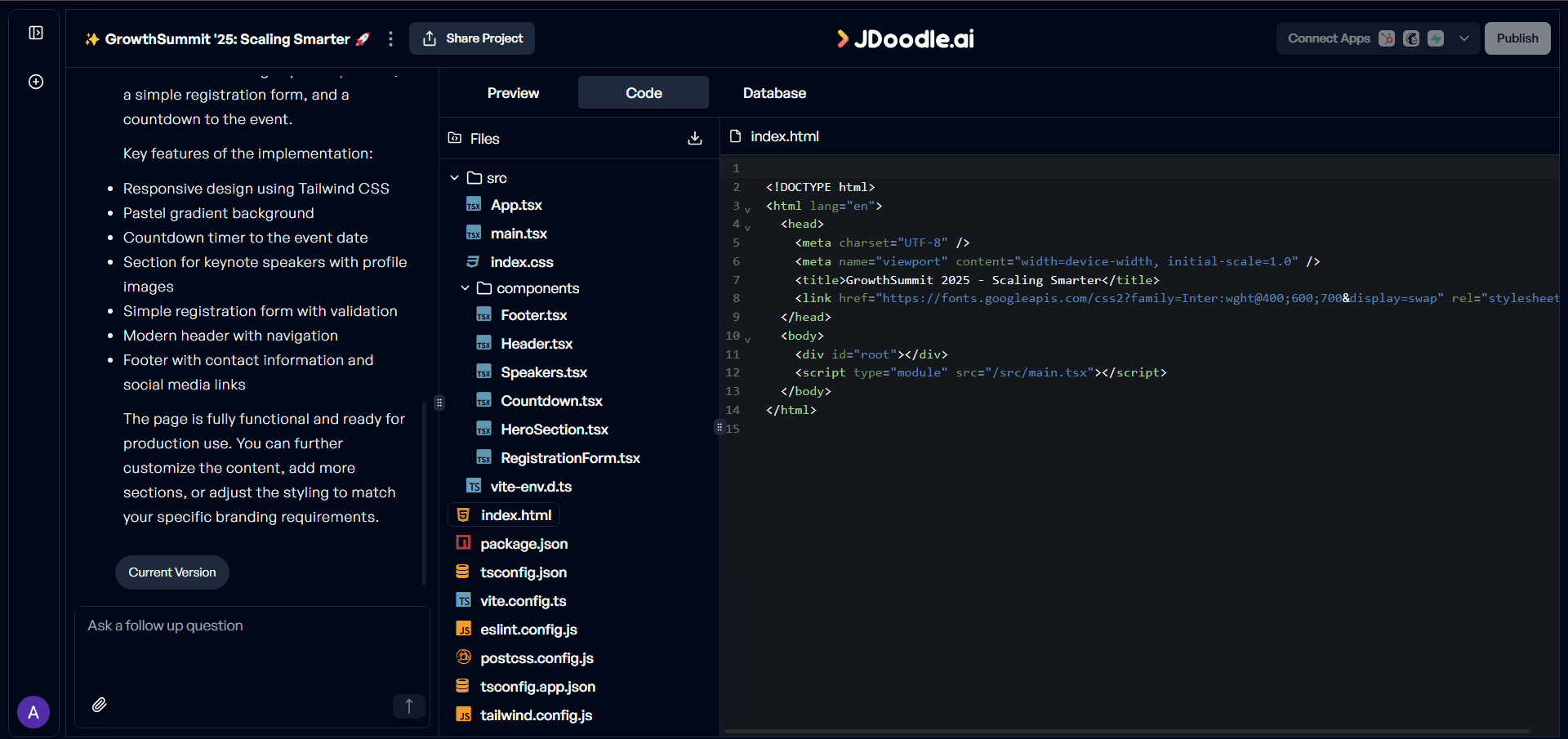Everyone and their cat seems to be launching websites these days. But is it really that simple?

I have been a vibe coder even before Andrej Karpathy coined the term. Since January of this year, I have been dabbling with different AI agents to build websites about anything and everything.
So, I thought, why not share my knowledge with everyone out there? I have loved every minute of my vibe coding experience, so why not pass it along?
What even is vibe coding?
For the uninitiated, it’s the latest Silicon Valley vibe that coding is less about sweating over perfect syntax and more about chasing a feeling. It’s throwing ideas at the wall, in this case, the screen, and seeing what sticks, usually with the power of AI to back you up. With AI agents getting smarter, I’ve been able to crank out sites faster than ever, all while keeping that chill, experimental energy.
Is the hype really worth it?
If you are a wallflower around tech circles, then you have heard at least a few mentions of vibe coding and must be wondering if the hype is deserved.
I’m here to tell you that it is. I mean, imagine you are a non-coder who has a business idea in mind, but because you have no coding skills, your business takes a backseat because you don’t have the funds to hire a software developer. Now here comes an AI agent that can turn your ideas into a living, breathing website, which can help you gain revenue with just a couple of clicks.
So, now tell me, is the hype worth it?
How does it all work?
It’s a no-brainer; you don’t need coding, you don’t need tutorials. However, it’s helpful to get better at prompting, that’s it, that’s all you need
- Describe your vision: Say, “I need a weather app that shows the forecast when a user enters a city.”
- AI writes the code: It generates the HTML, CSS, and JavaScript based on your prompt. Think of it as autocomplete but on steroids.
- Review and tweak: Maybe the design is too plain, or the error handling is missing. Just tell the AI, and it’ll fix things for you.
- Iterate until it clicks: You refine, AI adjusts, and before you know it, your idea turns into a functional site.
The best part? You don’t have to sweat over syntax. Just tell the AI what you need, and it’ll figure out the code. You’re basically pair-programming with an ultra-efficient assistant.
Vibe coding isn’t just about making small tweaks, it’s about creating the whole project on your own. People have described entire apps in natural language, and AI has generated working prototypes. It might not get everything perfect on the first try, but with a few tweaks, you can get a solid MVP up and running in no time.
Who should (and shouldn’t) use vibe coding?
But just because it’s trendy, doesn’t mean that it’s for one and all, here’s who I think vibe coding is and isn’t for:
Perfect for:
- Small businesses that need a simple website
- Freelancers or portfolio sites
- Startups testing an idea (MVPs)
- Anyone who doesn’t want to touch code
Not great for:
- Big, complex websites with lots of features and security
- Sites that need heavy customization
Now the real question: Who’s the fairest of them all?
You must be pretty intrigued by the prospect of vibe coding, so now the question comes: who matches your vibe? Well, worry not, I have the answers for that too.
Here is a list of all the AI agents and their benefits and shortcomings so you can make the right choice:
#5. Lovable.dev

Lovable turns natural language into functional, stylish web apps with features like live rendering and GitHub sync. It’s a beginner-friendly bridge between ideas and execution.
Benefits
- Accessible to non-technical users (e.g., marketing teams).
- Includes handy features like instant undo and live previews.
- Produces aesthetically pleasing designs effortlessly.
Shortcomings
- May not scale for larger, intricate projects.
- Less flexibility for custom-heavy builds.
#4. v0 by Vercel

v0 is a generative UI tool that creates production-ready React code from text prompts, built on shadcn/ui and Tailwind CSS. It’s a frontend dev’s shortcut to fast, clean interfaces.
Benefits
- Produces usable React code in minutes (e.g., a dashboard).
- Offers three UI options per prompt for flexibility.
- Clean, best-practice code ready to ship.
Shortcomings
- Limited to React ecosystems.
- Not useful for non-React stacks.
#3. Cursor by Anysphere

Cursor is an AI-first code editor designed to speed up development with natural language coding and smart suggestions. It’s like having a coding assistant that learns your style as you go.
Benefits
- Generates code from prompts like “validate emails with regex.”
- Adapt suggestions to your coding habits over time.
- Debugging assistance slashes troubleshooting time.
Shortcomings
- Steep learning curve for beginners.
- Geared more toward experienced coders.
#2. Bolt.new by StackBlitz

Bolt.new is an AI-powered, browser-based tool that simplifies coding by letting you build and deploy full-stack apps without local setup. Think of it as a playground for rapid prototyping right in your tab.
Benefits
- Runs everything in the browser—no installs needed.
- Prototyped a React app with Node.js backend in under an hour.
- Handles package installs and backend execution seamlessly.
Shortcomings
- May lack depth for highly customized, complex projects.
- Best suited for quick builds, not long-term development.
#1. JDoodle.ai

JDoodle.ai is an innovative AI-powered web-based platform that turns your natural language ideas into fully functional applications without any coding.
Benefits
- Everything is on the browser, no need for any installations.
- Deploy your website in a few minutes.
- Update the code as you go.
- Rollback if you are not interested in the new website changes.
- Write prompts and make websites in any language that you want: Chinese, Tagalog, Arabic, Hindi, Spanish, and whatever else.
- Use templates if you’re feeling stuck.
Here’s my take
So, is vibe coding the future? I’d say it’s already here. Whether you’re a seasoned dev looking to speed things up or a total newbie with big ideas, AI-powered coding tools make building websites feel like magic.
The best part? You don’t need to sweat the small stuff—just vibe, create, and let AI do the heavy lifting. Now go and build!

